use-dsp
v1.0.2
Published
transform data-state-parameter
Downloads
5
Maintainers
Readme
use-dsp
其实 dsp 意思就是
- data
- state
- parameter
npm i use-dsp
yarn i use-dsp
pnpm i use-dsp
import useDSP from 'use-dsp'
interface IFetch {
is_name: string | null;
in_age: number | null;
in_id: number | null;
is_hobbies: string | null;
}
interface IState {
name: string | undefined;
age: number | undefined;
id: number | undefined;
hobbies: string[];
}
interface IParams {
os_name: string | null;
on_age: number | null;
on_id: number | null;
os_hobbies: string | null;
}
// state:表单数据(响应式)
// resetState:重置表单
// inputState:表格数据 转 表单数据
// outputState:表单数据 转 提交数据
const { state, resetState, inputState, outputState } = useDSP<IState, IParams, IFetch>({
name: {
default: 's',
input: 'is_name',
output: 'os_name',
inputStrategy: 'string2Null',
outputStrategy: 'string2Null',
},
age: {
default: 2,
input: 'in_id',
output: 'on_age',
inputStrategy: 'number2String',
outputStrategy: 'string2Number',
},
id: {
default: 2,
input: 'in_id',
output: 'on_id',
inputStrategy: (v, data) => {
// v 当前传入的值
// data 传入的整行的数据
return String(v);
},
outputStrategy: (v, state) => {
// v 当前表单字段的值
// state 整个表单的值
return `${v}-${state.name}-${state.age}`;
},
},
hobbies: {
default: ['1', '2'],
input: 'is_hobbies',
output: 'os_hobbies',
inputStrategy: 'string2ArrayoEmpty',
outputStrategy: 'array2StringoNull',
},
});
const handleInputState = () => {
// 传入表格行数据
inputState({
is_name: 'sunshine_lin',
in_age: 20,
in_id: 1,
is_hobbies: '1,2',
});
// { age: '1', hobbies: ['1', '2'], id: '1', name: 'sunshine_lin' };
};
const handleOutputState = () => {
// 获取请求提交数据
console.log(outputState());
// {os_name: 'sunshine_lin', on_age: 1, on_id: '1-sunshine_lin-1', os_hobbies: '1,2'}
};背景
在平时的开发中,表格数据->(增加/编辑/查看)行->(增加/编辑)提交,这是很常见且简单的业务,但是就是这些业务,我也发现一些问题
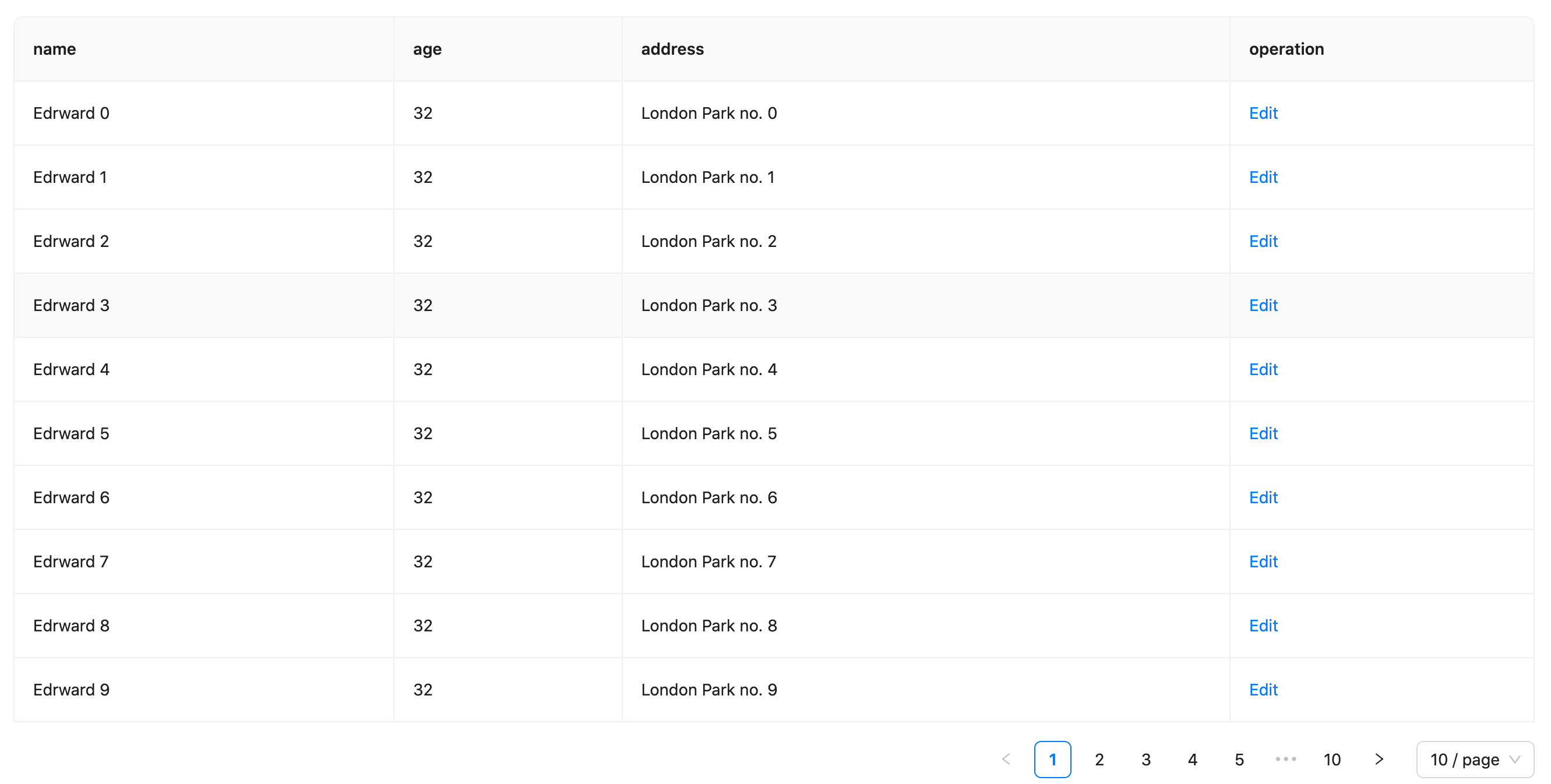
首先我们来理性一下这些业务的逻辑
- 第一步:请求回表格的数据
- 第二步:点开(增加/编辑/查看)弹窗,如果是(编辑/查看),则需要将表格行的数据传到弹窗中回显
- 第三部:如果是(编辑)弹窗,则需要把表单数据提交请求接口
我用一个图来概括大概就是:
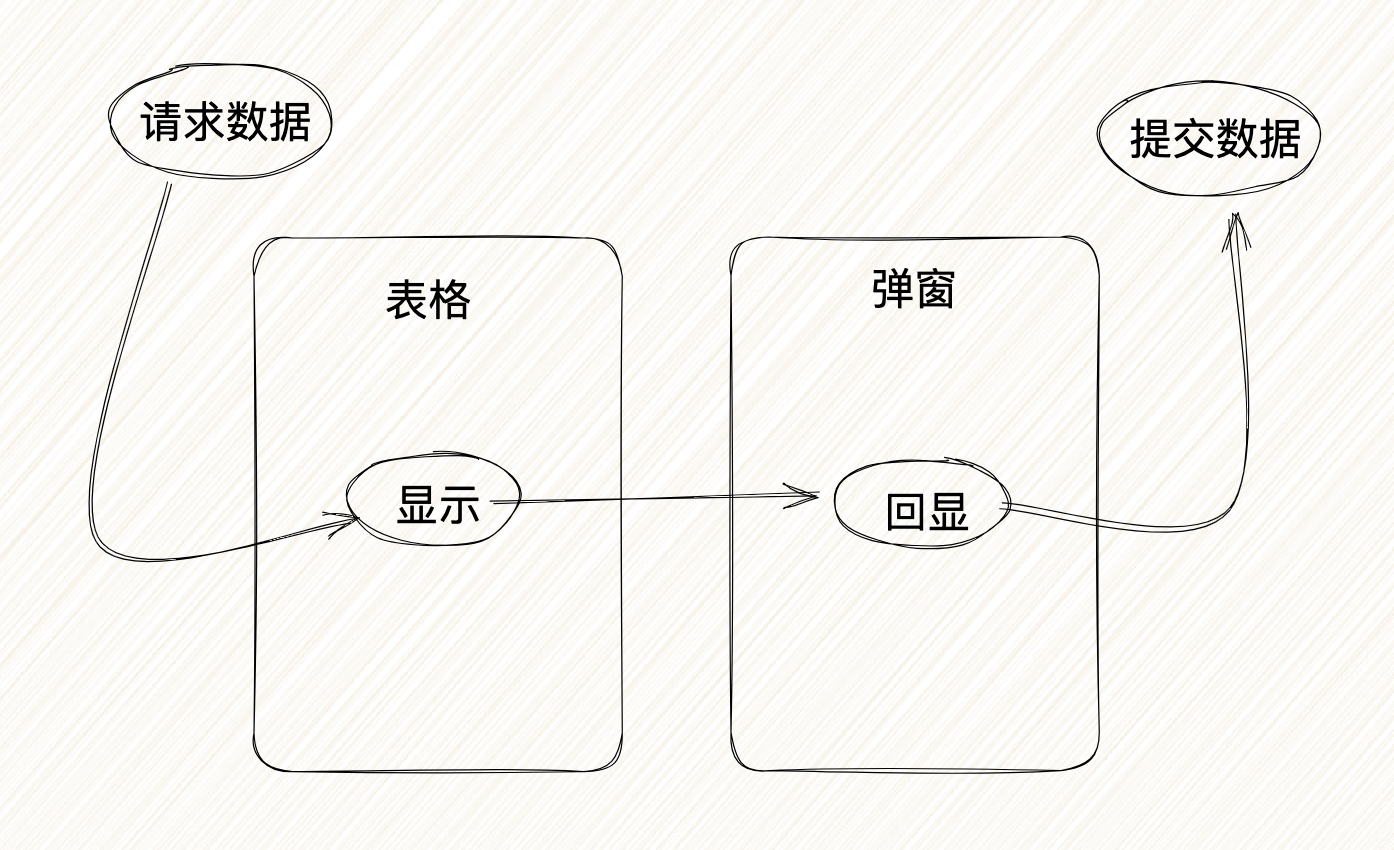
问题所在
我不知道其他公司怎么样,但是就拿我自身来举例子,公司的后端跟前端的命名规则是不同的
- 后端命名: 请求方法+字段类型+字段含义+下划线命名(比如 in_name、os_user_id)
- 前端命名: 字段含义+驼峰命名(比如 name、userId)
回到刚刚的业务逻辑,还是那张图,假如我们前端不去管命名的话,那么数据的传输是这样的,发现了很多人都懒得去转换后端返回的字段名,直接拿着后端的字段名去当做前端的表单字段名,但这是不符合前端规范的
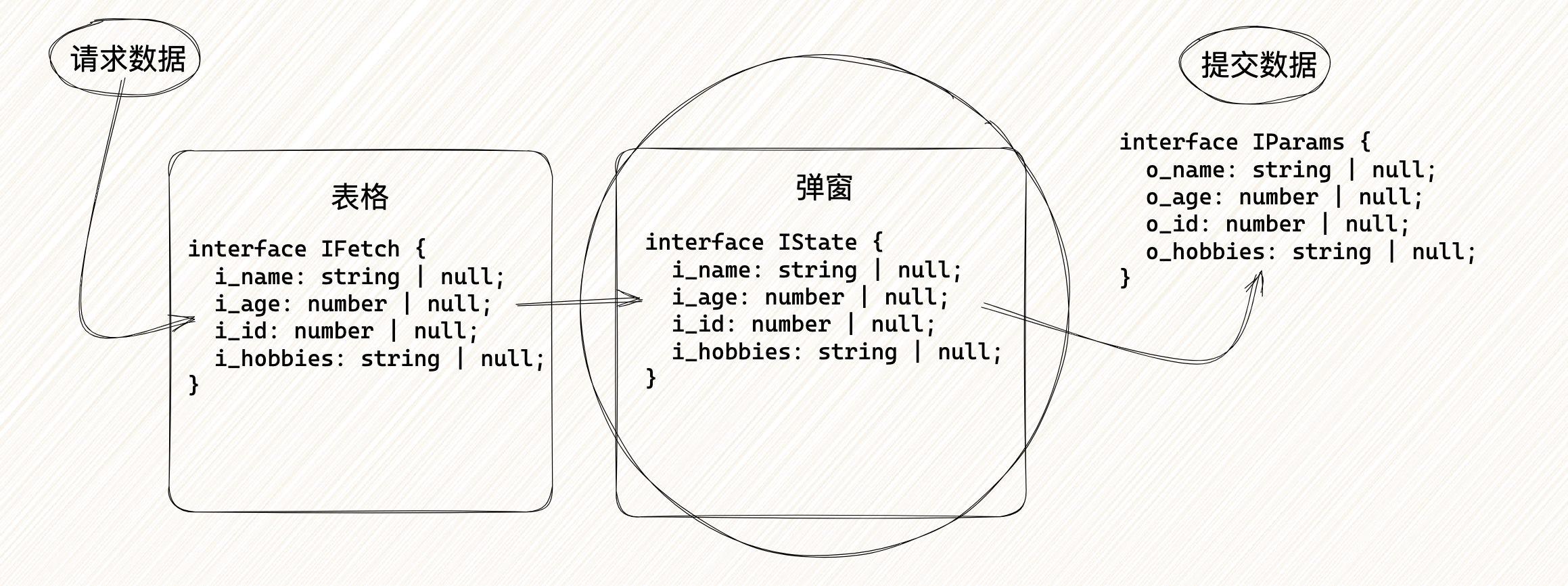
理想应该是表单要用前端的命名,比如这样
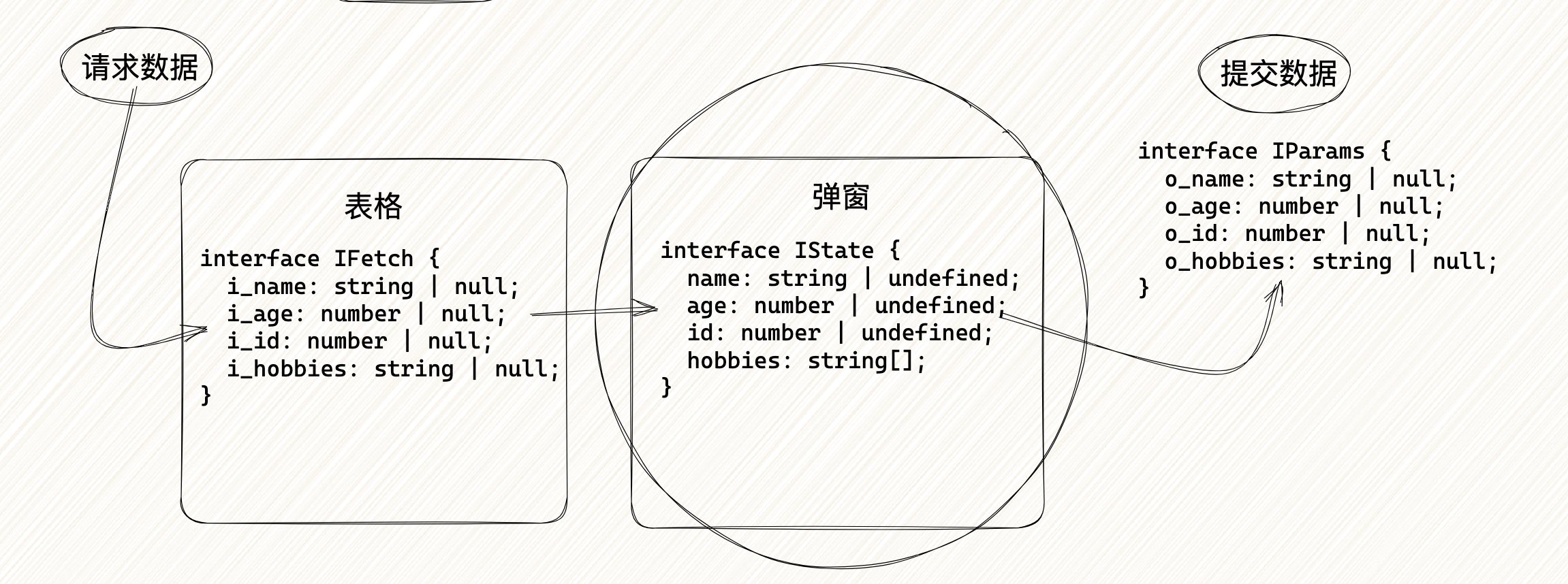
但是很多前端就是懒得去转换,原因有多个:
- 开发者自身比较懒,或者没有规范意识
- 回显时要转一次,提交时还要再转一次,每次总是得写一遍
解决方案
所以能不能写一个工具,解放开发者的压力又能达到期望的效果呢?比如我开发一个工具,然后像下面这样在弹窗里用
- state: 响应式表单数据,可以用在弹窗表单中
- resetState: 重置表单
- inputState: 将表格行数据转成表单数据
- outputState: 将表单数据转成提交请求的数据
配置的含义如下:
- default: 表单字段默认值
- input: 转入的字段名
- output: 转出的字段名
- inputStrategy: 转入的转换策略,可以选择内置的,也可以自定义策略函数
- outputStrategy: 转出的转换策略,可以选择内置的,也可以自定义策略函数
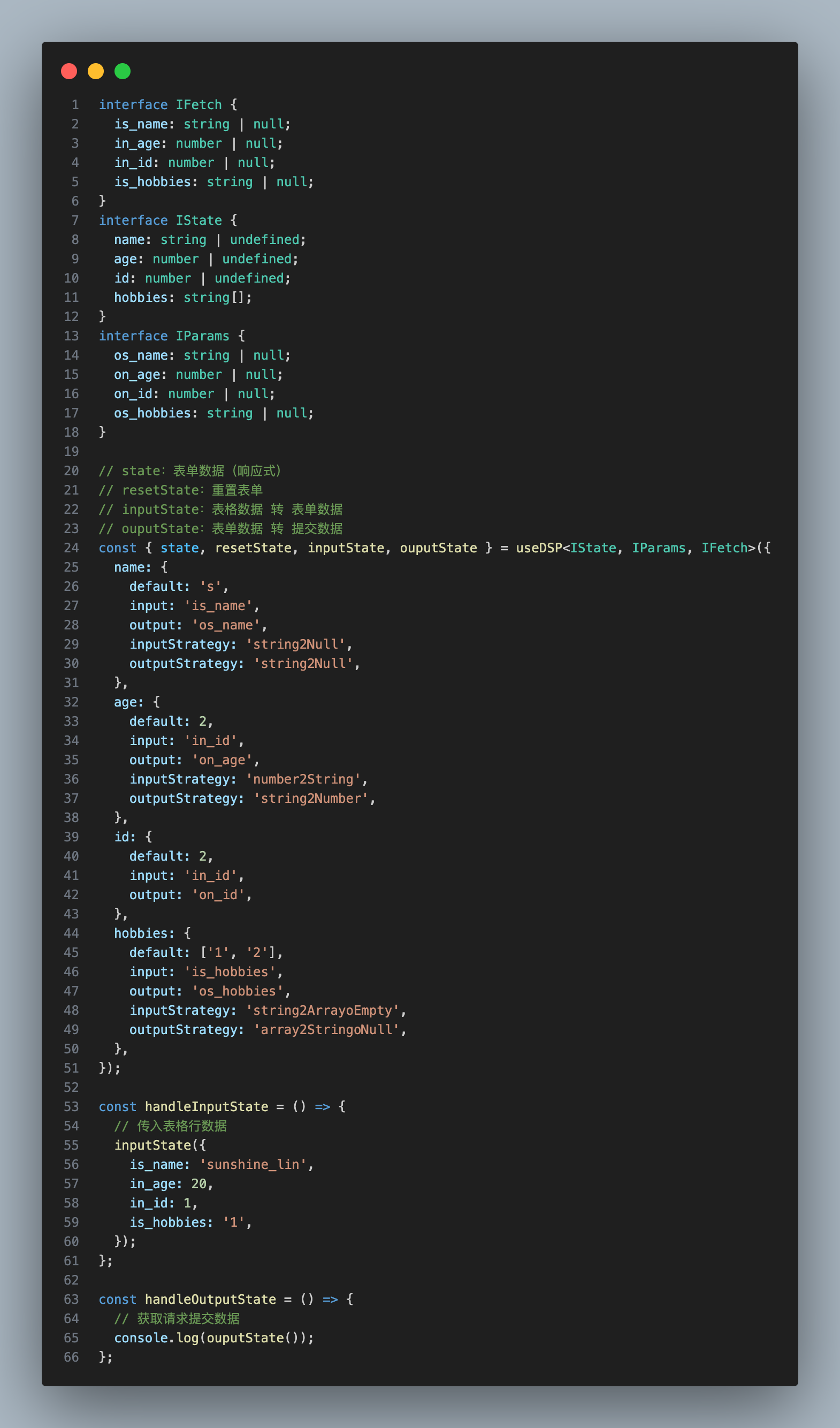
转入和转出策略,内置了一些,你也可以自定义,内置的有如下
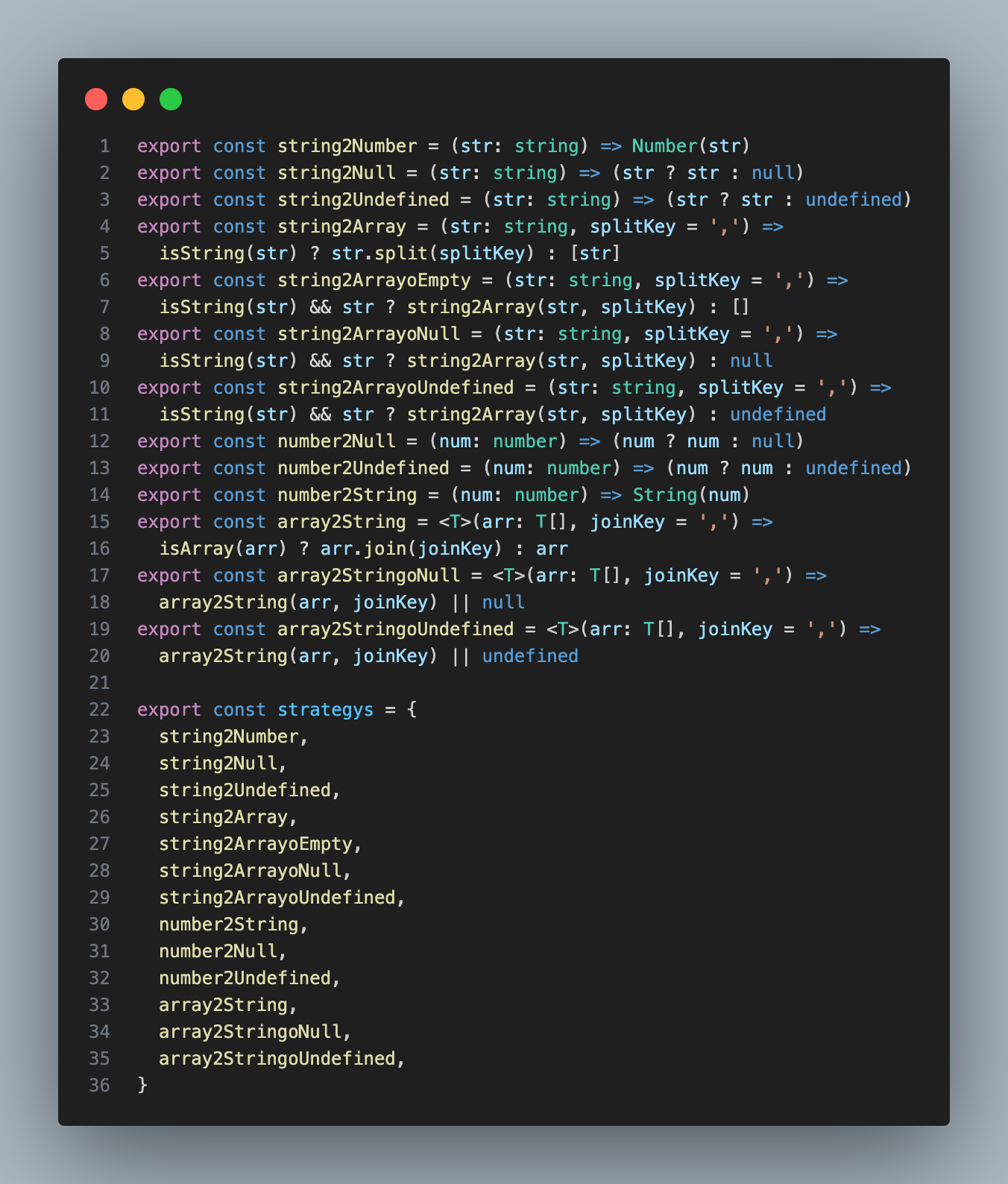
下面是自定义策略函数的例子,必须要在策略函数中返回一个转换值
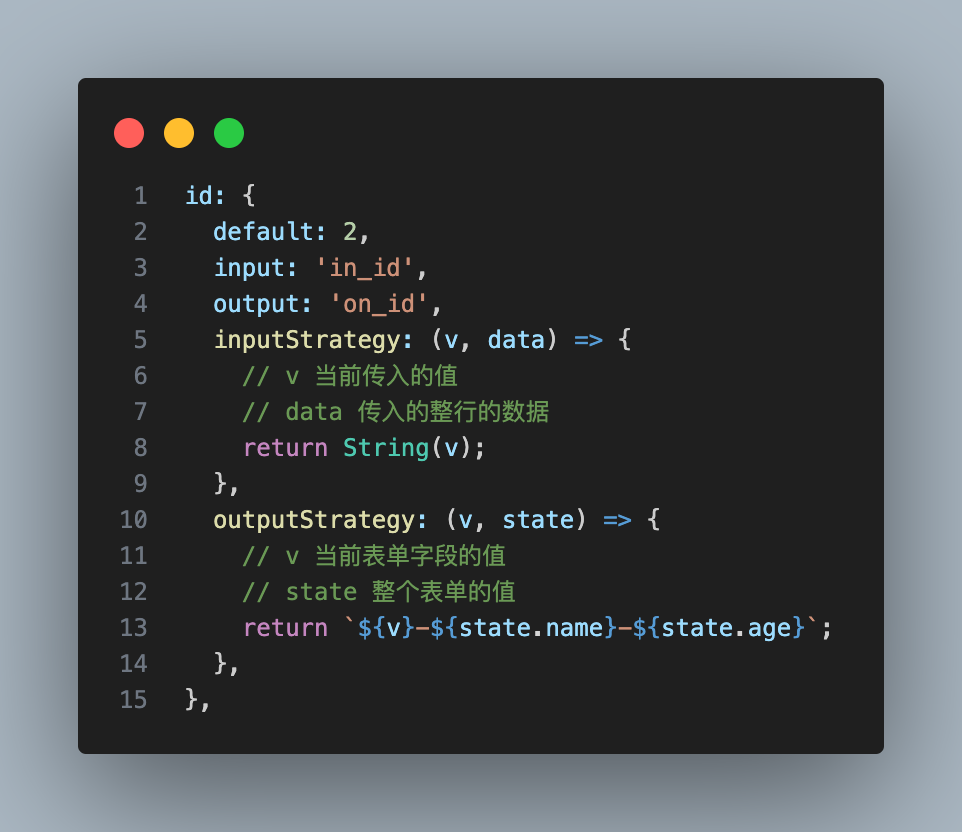
这样的话,当我们执行对应的转换函数之后,会得到我们想要的结果
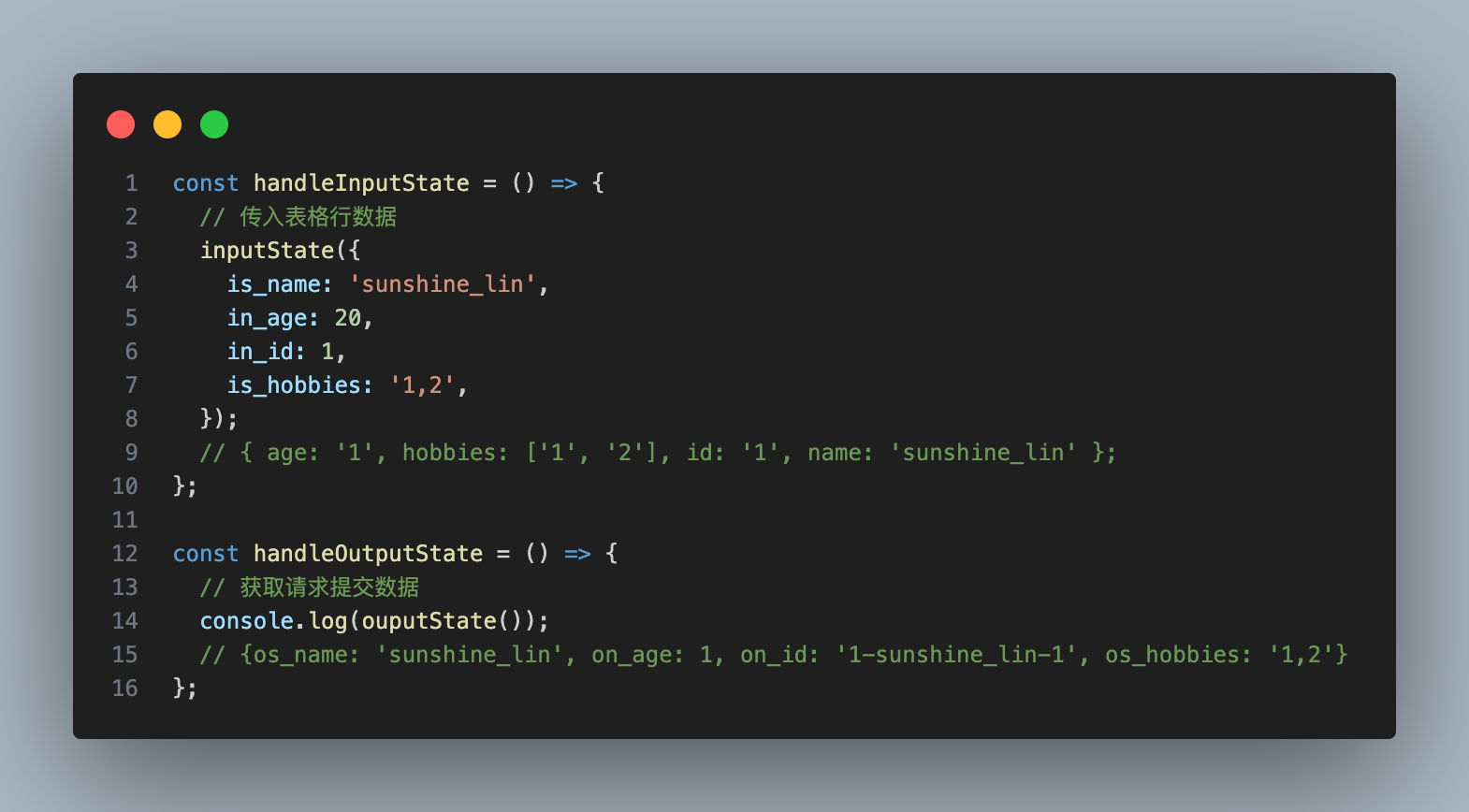
为啥不从一开始就转?
有人会问,为啥不从一开始请求表格数据回来的时候,就把数据转成前端的命名规范?
其实这个问题我也想过,但是设想一下,有一些表格如果只是单纯做展示作用,那么就没必要去转字段名了,毕竟不涉及任何的数据传递。
但是需要编辑或者查看弹窗的表格,就涉及到了行数据的传递,那么就需要转字段名
